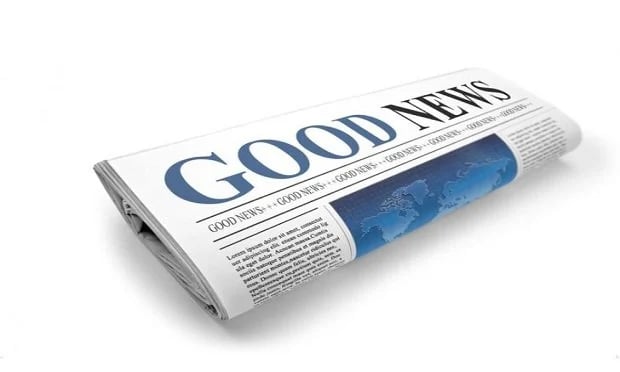Evidence such as damage, principle direction of force, hair, and blood speaks volumes about how an accident occurred. Effectively utilizing this information can help settle a claim accurately and fairly. But where should an adjuster begin when reconstructing an auto accident in order to draw appropriate conclusions?
Snap to It
Usually, a vehicle involved in an accident will be moved to a salvage yard, so this is where the inspection begins. Before inspecting the vehicle, however, make sure that all of the appropriate approvals are obtained as well as special approval if you intend on removing any parts from the vehicle for analysis. Weather is crucial if subtle evidence is to be maintained, such as dust marks, blood, hair, and skin transfers. It is advisable to have the subject vehicle covered until you can perform your inspection if it is going to be stored outside. The vehicle inspection is a good example of documenting evidence through a still camera and video camera. If taking video, there should be no sound on the tape; it should strictly document the evidence without any description or narration.
Recommended For You
Want to continue reading?
Become a Free PropertyCasualty360 Digital Reader
Your access to unlimited PropertyCasualty360 content isn’t changing.
Once you are an ALM digital member, you’ll receive:
- Breaking insurance news and analysis, on-site and via our newsletters and custom alerts
- Weekly Insurance Speak podcast featuring exclusive interviews with industry leaders
- Educational webcasts, white papers, and ebooks from industry thought leaders
- Critical converage of the employee benefits and financial advisory markets on our other ALM sites, BenefitsPRO and ThinkAdvisor
Already have an account? Sign In Now
© 2025 ALM Global, LLC, All Rights Reserved. Request academic re-use from www.copyright.com. All other uses, submit a request to [email protected]. For more information visit Asset & Logo Licensing.








